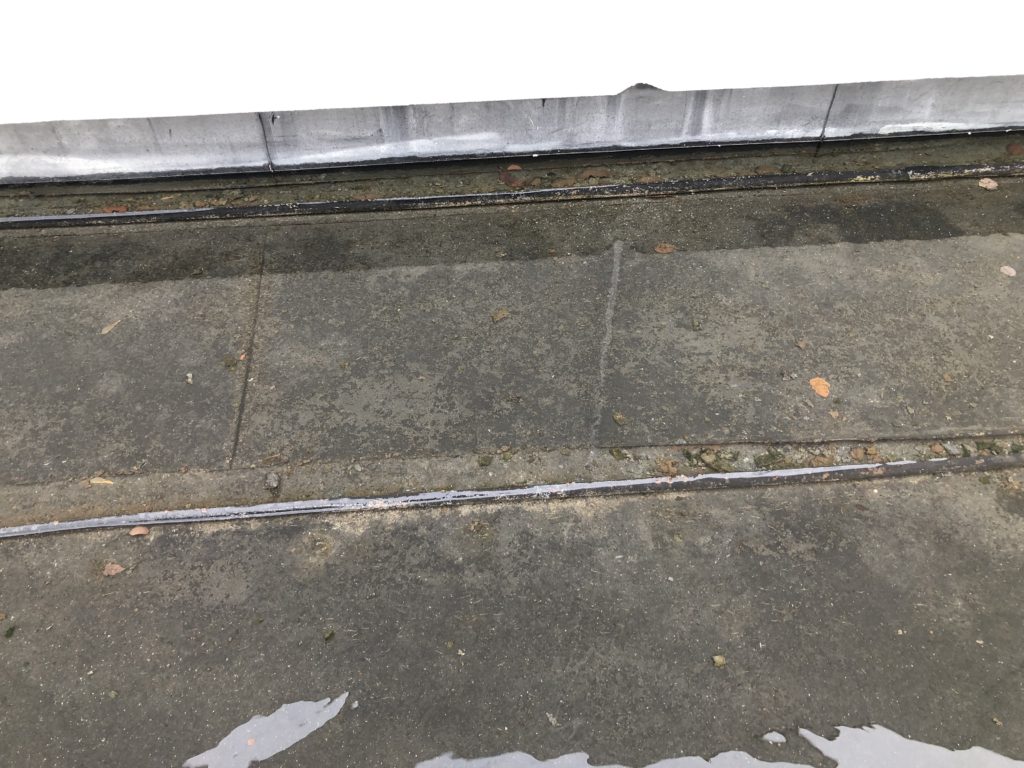
The National Roofing Contractors Association (NRCA) defines ponding water or standing water as water remaining on a flat roof (or low sloped roof) 48hrs after a rainstorm in July (taking into account evaporation).
The effect of ponding water on a roof system greatly depending on the roof type.
TPO/PVC roof systems properly install are not affected by ponding water. Most TPO/PVC manufacturer do not exclude ponding water from their warranties.
EPDM roof systems are susceptible to deterioration of seams and flashing which remain under ponding water conditions.

Modified and asphalt BUR roofs do not perform well in ponding water conditions. Most manufacturers with exclude ponding from their warranties.
No matter the roofing system, it is good to eliminate ponding water on your roof whenever possible. There are two major reasons for eliminating ponding water from your roof:
- Weight load – significant ponding water weighs a lot, which can be detrimental to your roof structure and the building’s occupants’ safety.
- When there is a deficiency in your roof in a ponding water area, the roof will continue to leak even after the rain stops. This will cause more damage to your roof, your building, and the contents of your facility. Possibly slowing down and or halting your production for a more extended period of time.
What can be done about ponding water?
When your budget allows, consider having additional drains or scuppers installed. When re-roofing a section of the roof, consider a tapered insulation system designed to slope water to the drains or scuppers. Drain sumps and cricket can also be helpful.
For more information or free roof consultation please click the link below.
